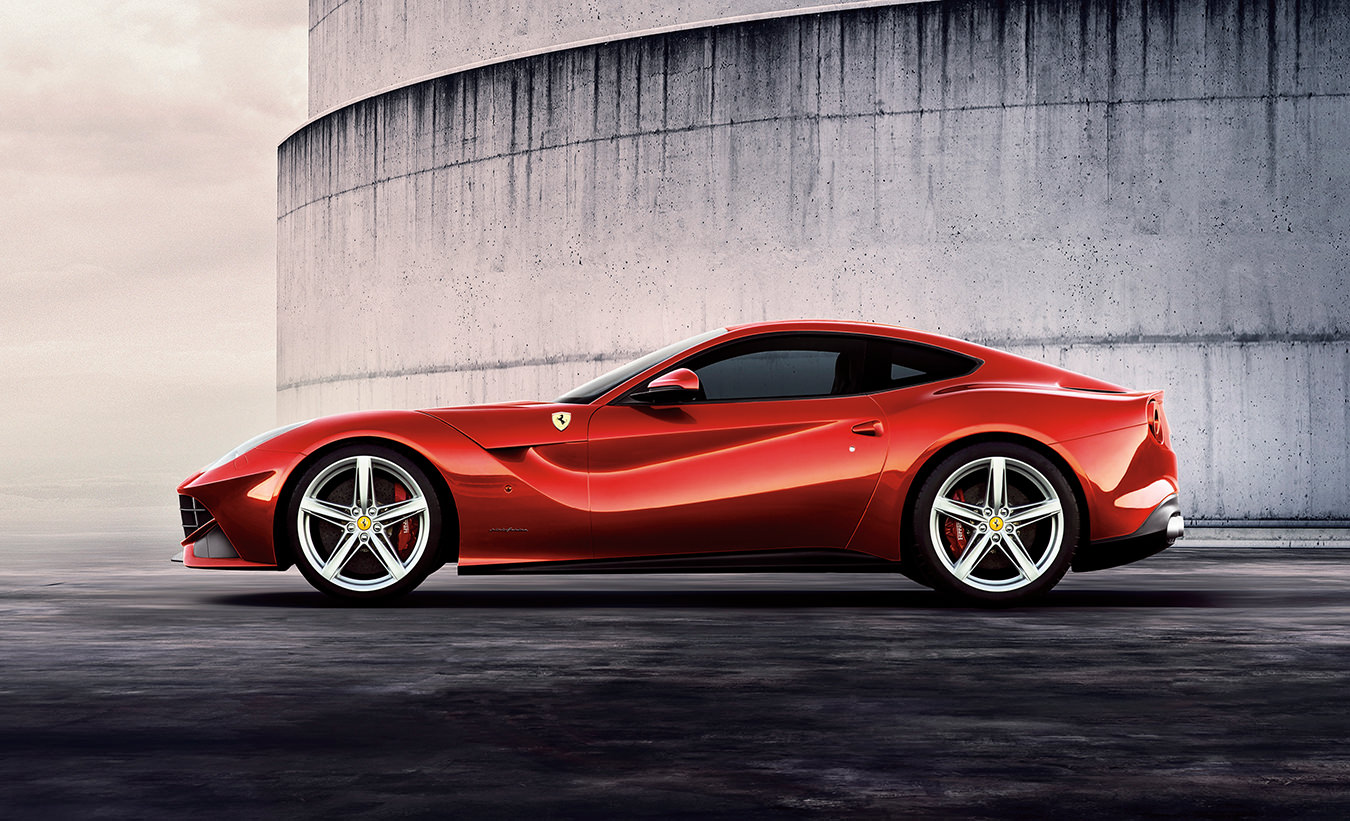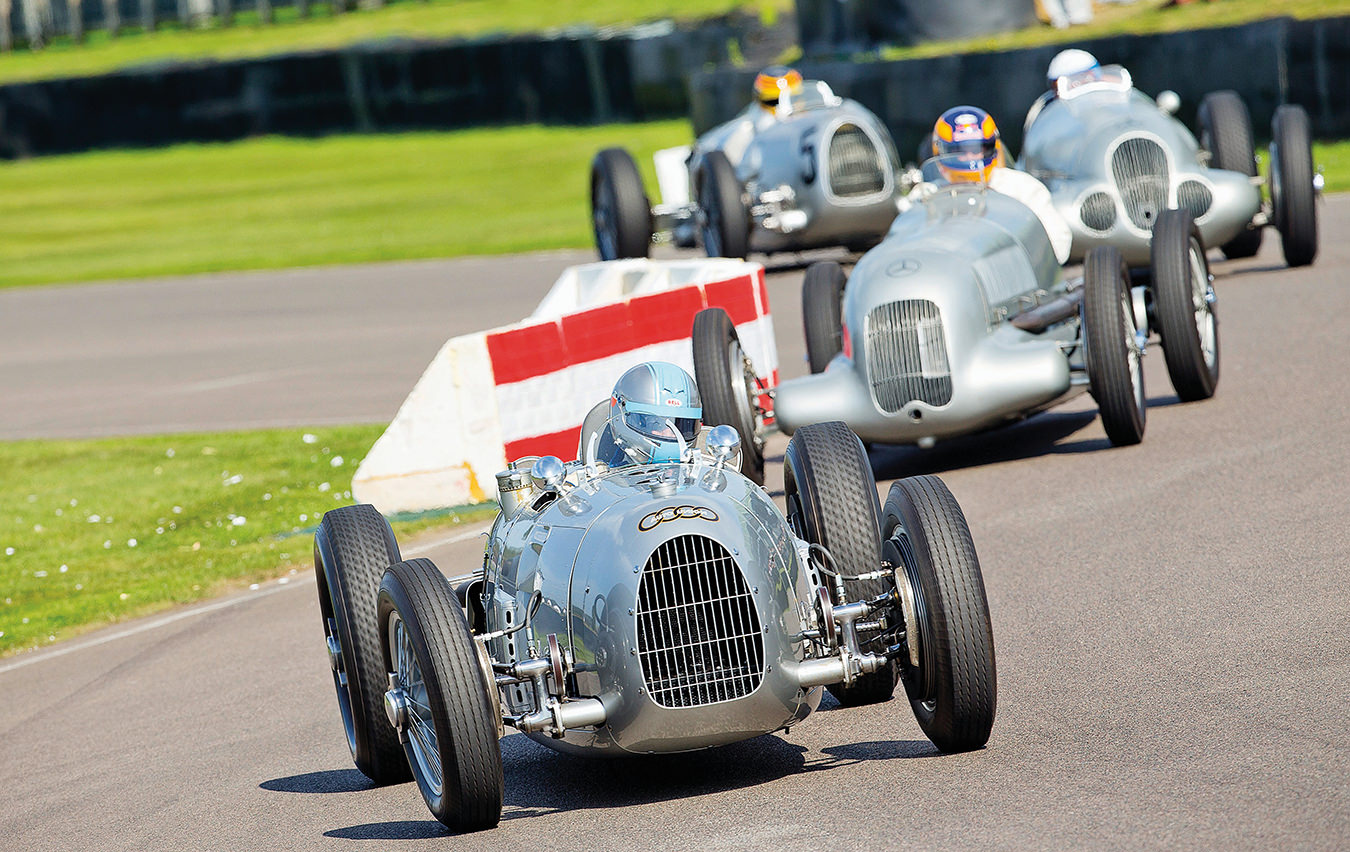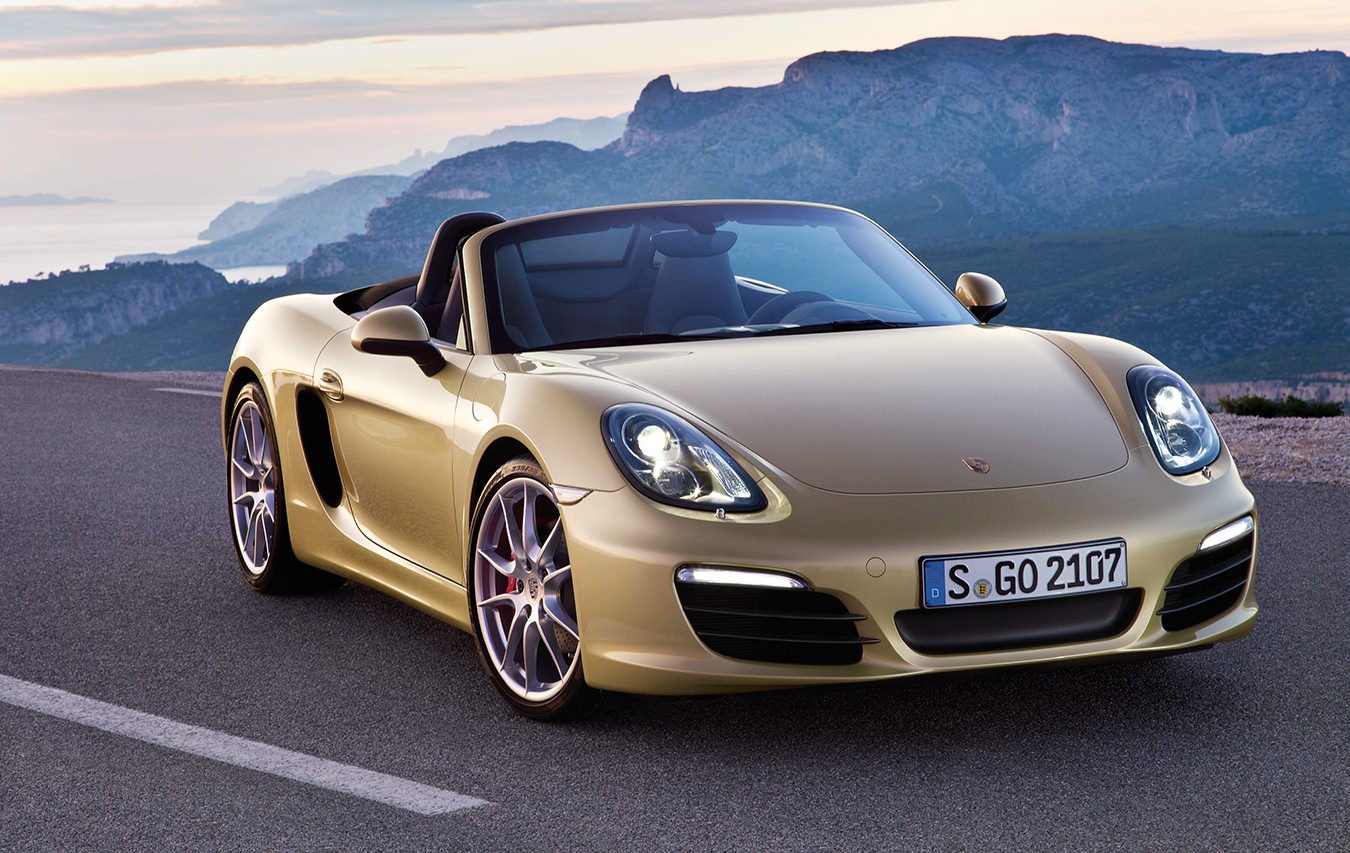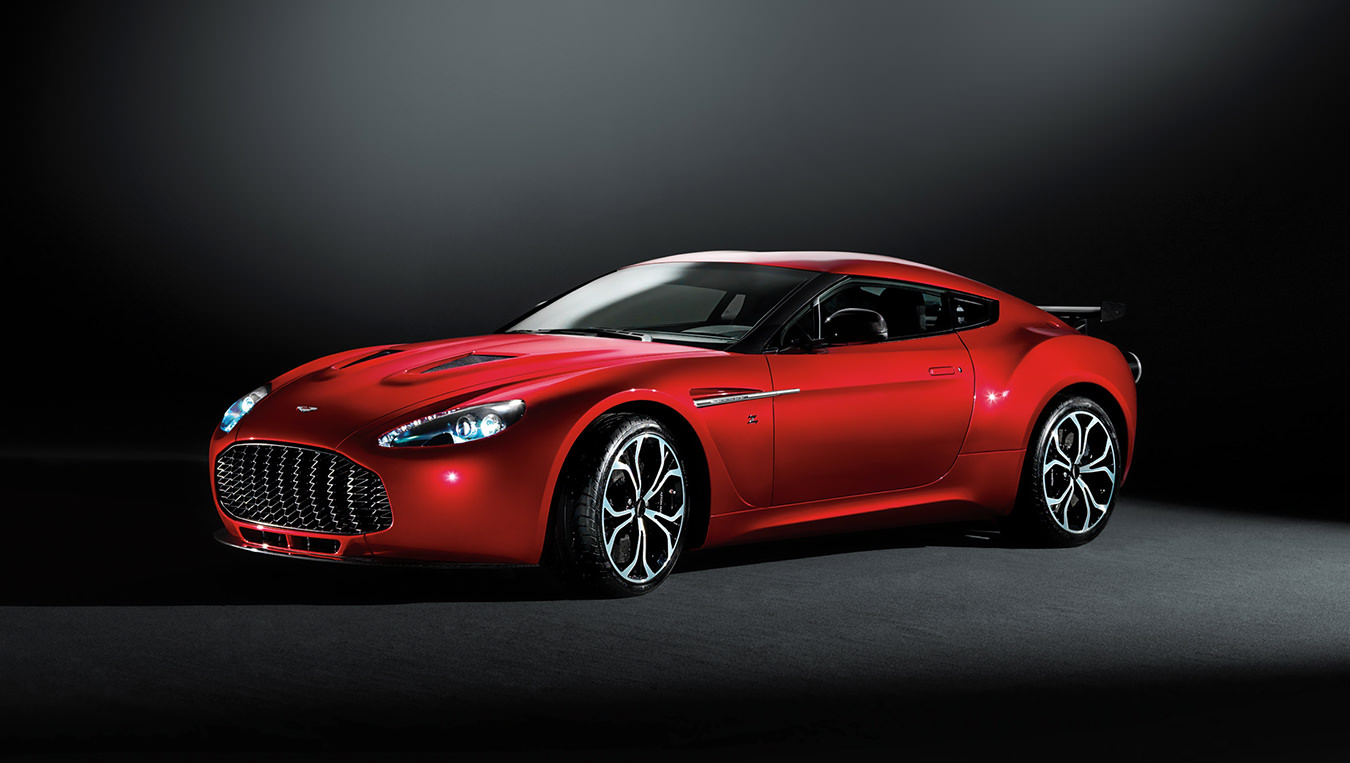Ford’s New Broncos Are a Contest Between Two Iconic Models
The rapacious Raptor versus the heartwarming Heritage Edition.
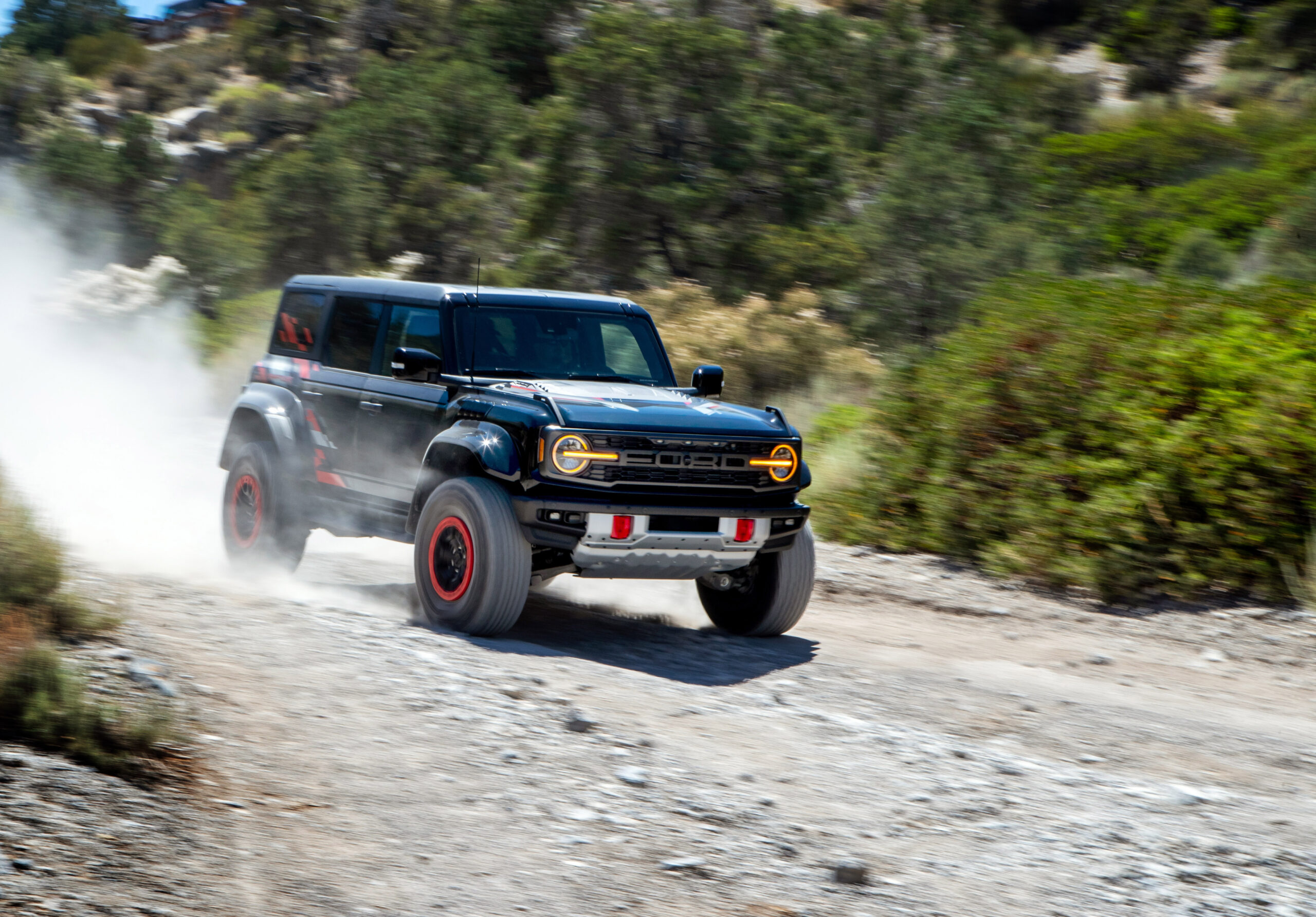
In this era, a strange time for the modern car, vehicles that are both incredibly fun to drive and reasonably affordable are a rare commodity. Of course, it’s a simple thing to unload high six figures or more in a successful search for automotive entertainment. But to uncover a less expensive vehicle that’s simply a blast to drive takes some effort.
When the Ford Motor Company brought the legendary Bronco nameplate back in 2021, it proved to be an inspired decision. Despite being off the market for 25 years, the SUV and its throwback styling immediately resonated with the same crowd that gravitates toward another classic off-roader, the Jeep Wrangler.
In fact, there are real similarities between the Ford and the Jeep when it comes to the driving experience. Both have tall ride heights, less than crisp steering response, and balloonish off-road tires that combine to create a bouncy, joyful experience. Make no mistake: these are not vehicles to take corners at high speeds. They’re not even that well-suited to driving in a straight line at high speeds. But that’s entirely irrelevant.
The similarities don’t end there. The current Wrangler lineup includes two- and four-door configurations, and 12 different models in total. In the other corner, the Bronco fleet also includes two- and four-door models, and nine different models, all told. Both lines feature removable doors and roofs. The names for various versions of the Wrangler include the Rubicon, Sahara, and Willys. For the Bronco: Outer Banks, Badlands, and Everglades are among the choices. You get the picture.
For all their similarities, there is one significant difference. The Wrangler has been around consecutively since 1986 and is the immediate successor of a similarly shaped Jeep, the CJ, which dates back to the end of the Second World War. On the other hand, the Bronco is both the new kid on the block and an incredible comeback story.
Of the nine Ford Bronco versions, two stand out: the Heritage Edition and the Raptor. As the name suggests, the former really leans on its ancestry. It features a 300-horsepower, 2.3-litre four-cylinder engine linked to a seven-speed manual transmission, which takes care of the fun-to-drive ratio. More importantly, though, the Heritage Edition showcases some fantastic throwback design elements.
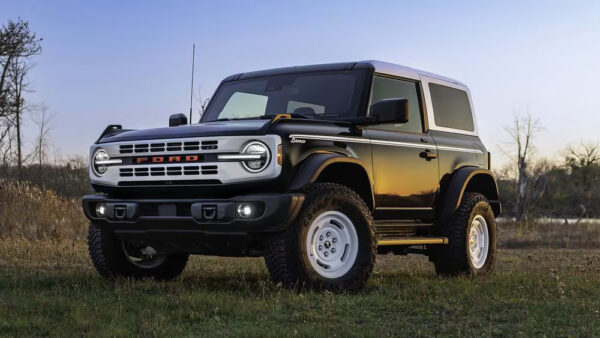
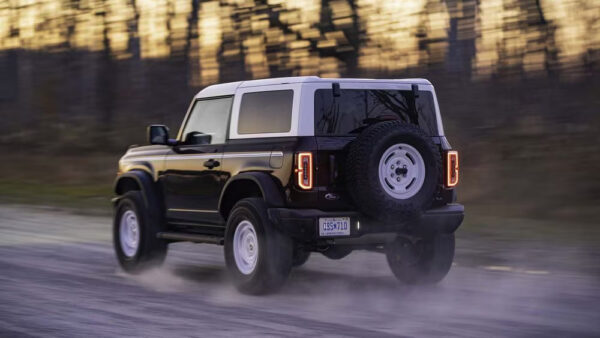
Standard on this version is the Sasquatch Package, which includes rugged fender flares as well as 17-inch retro-styled white wheels, white removable roof panels, white front grille with red lettering, white dashboard, and plaid cloth seats. The Heritage Edition is available in two- or four-door body styles, but for maximum throwback cool factor, you need to order the two-door version and choose either the Race Red or Robin’s Egg Blue paint scheme.
While the Heritage Edition is the near-perfect ride for laidback cruising, the Bronco Raptor is a more serious proposition. Powered by a twin-turbocharged 3.0-litre V6 engine that cranks out 418 horsepower and 440 lb-ft of torque, the Raptor also features a 10-speed automatic transmission and a towing capacity of 4,500 pounds (2,041 kilograms). The sprint to 100 kilometres per hour takes just under six seconds flat.
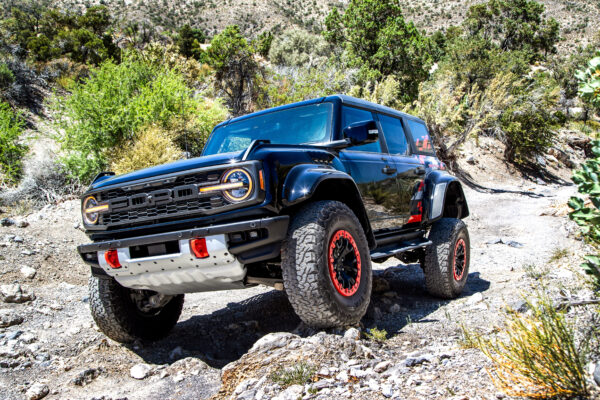
This version of the Bronco also sports a wider track for greater off-road stability, a higher ride height, more suspension travel, wider fenders, and 37-inch tires. It’s a louder, faster, and more audacious vehicle than the Heritage Edition, to be sure—and it would seem to appeal to a completely different kind of driver.
No matter which of the nine versions of the Ford Bronco you prefer, you’ve made a great choice. All have their relative merits, all are fun to drive, all make people smile when you pass by. The Heritage Edition is likely the style-monger’s preference. Those who want more performance may well choose the Raptor.

